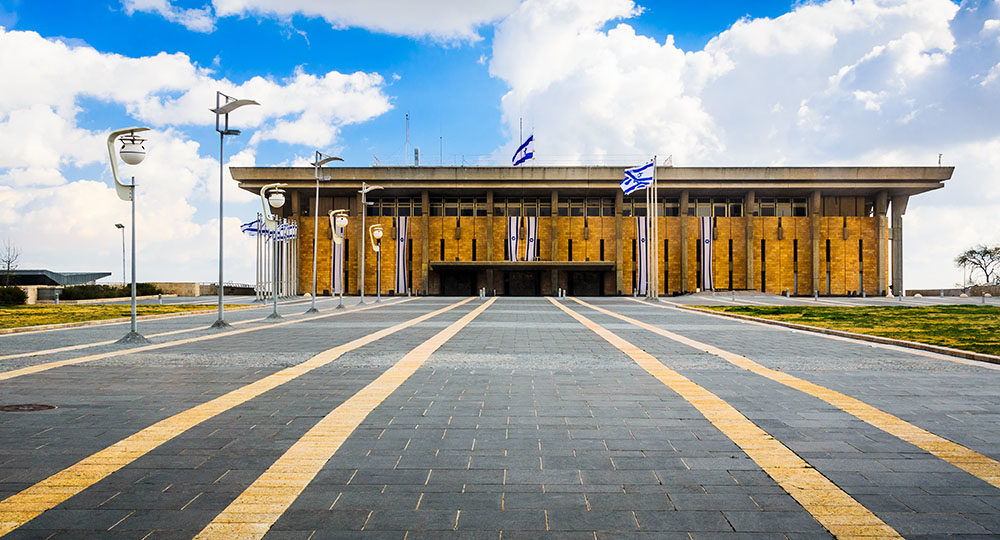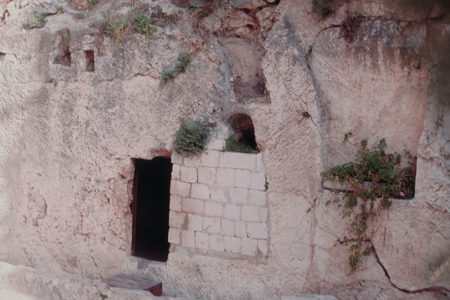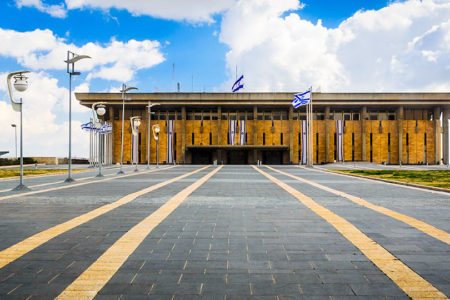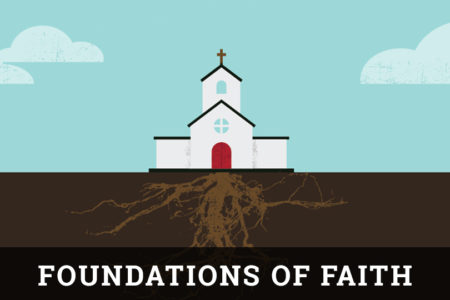The State of the State
The subject of politics can be volatile and is often avoided in polite conversation. Still, jokes about politicians, parties, and their performance permeate our society. Who among us is not interested in the various national and local elections? Yet, for all the interest that it generates, our own country’s electoral process is not easily explained. Even more difficult to understand is the politics of another country—in this case, Israel. As the sole democracy in the Middle East, that government epitomizes the Jewish adage, “Where there are two Jewish people, there are three opinions.”
Israel holds elections every four years for the 120 seats of its legislative house, the Knesset (Parliament). The members of the Knesset vote for the President. Serving a term of five years, the President is primarily a figurehead who receives dignitaries, signs legislation, and makes public appearances. The Prime Minister, the position of power, represents the party with the majority in the Knesset. Governing with him are an unspecified number of cabinet members.
An election victory is a party victory, not an individual one. (This will change in the 1996 election when new election reforms are put into place.) The total popular vote is calculated by percentages, with a one percent minimum required to secure a seat in the Knesset. Because one single party has never won the majority vote, there is an ongoing need for parties to form a coalition, which is then expected to vote with its government’s agenda. Currently, Labor is the ruling party, with 64 seats in its coalition.
The numerous political parties in Israel can be divided into three unofficial groups. The first group is divided into the liberals (centrists and leftists) and conservatives (centrists and right wings). The second group is made up of the very religious and can be divided by geographic origin—Ashkenazi (Eastern European) and Sephardic (Spain, Portugal, England, the Americas, North Africa, etc.)—and politics; that is, Zionists or non-Zionists. The third group is composed almost entirely of the nearly 20% Arab population. They can be communist, pro-PLO, or even pro-Israeli.
Due to the mass immigration of Russian Jews, a new party has surfaced recently. Chaired by former Soviet dissident Natan Sharansky, the first convention of the Immigrants Party was held on June 7, 1995. With 560,000 Russian Jews now in Israel, and another million expected, this group will have to be reckoned with. Government sources feel they could be a threat to the reelection prospects of the Labor party.
Following is a brief summary of political parties holding seats in the Knesset.
The Ruling Coalition
Labor (44 seats): A centrist party formed in 1968 as the result of a merger of three other parties. Labor’s leader—current Prime Minister and Minister of Defense Yitzhak Rabin—has put his political life on the line with a land-for-peace strategy as the solution to the “Palestinian problem.” Under his leadership, agreements have been made with the PLO and the Jordanians. His coalition is held together by the participation of two Arab parties holding a total of five seats. Most of the cabinet ministers are from this party, the most familiar being Shimon Peres, Minister of Foreign Affairs.
MERETZ (12 seats made up of three parties):
- CRM (Citizens Rights Movement): Founded in 1963 by Shulamit Aloni, current Minister of Communications, Science, and Technology. Secular in its outlook, it is very favorable to land-for-peace. It is to the left of Labor and a strong advocate of civil rights.
- MAPAM (United Workers Party): Resulted from the January 1948 merger of two kibbutz parties; had close ties with Labor until Labor and Likud merged to form the National Unity government in 1984; has Marxist leanings.
- SHINUI (Change): Founded in 1973 by Amnon Rubenstein, current Minister of Education and Culture, as a protest to the Yom Kippur War; opposed to annexation of land and liberal.
YI’UD (3 seats): A breakaway party from Tzomet (aligned with Likud); places its more conservative philosophy with the more liberal Labor party; desires no territorial compromise; its member, Dr. Genen Segev, is the current Minister of Energy and Infrastructure.
HADASH (3 seats) and MADAH (2 seats): Both are Arab parties aligned with Labor. It is these two parties that give the Labor coalition the majority with a total of 64 seats.
The Opposition
LIKUD (32 seats): Regarded as hawkish, is strongly opposed to the present government; formed in 1973 by a merger of three other hawkish parties; its chairman is Benjamin “Bibi” Natanyahu. The party sprang from what was called the Revisionists Party before Israel was a nation. The revisionists favored strong defense and no compromise with Arab Palestinians.
TZOMET (Crossroads) (5 seats): Founded in 1984 by Rafiel Eitan; extremely right-wing; lost three seats when it split with the Yi’ud party.
NRP (National Religious Party) (6 seats): Once was the largest religious party; formed in 1956 by the merger of two Orthodox parties; went from 12 seats to 6 as a result of a split; from 1941 to 1977 was part of Labor and, in exchange, was given the ministerial position of Religious Affairs.
UNITED TORAH JUDAISM (4 seats): Made up of two groups:
- AGUDAT/ISRAEL (Unity of Israel): Ultra-Orthodox; founded in Poland in 1912; anti-Zionist; expects the Messiah to come; favors a theocracy.
- DEGAL HA TORAH (Torah Flag): Founded in 1988; Ashkenazi and Ultra-Orthodox.
MOLEDET (3 seats): A radical right party started in 1987; their solution to the Arab-Israeli problem is to evict all Arabs from the occupied territories.
SHAS (Sephardic Torah Guardians) (6 seats): Formed in 1984 by some members of Agudat Israel to represent the Sephardic Orthodox Jews; left the Labor coalition because of a controversy concerning non kosher meat that may have been brought into the country; does not favor negotiated peace with the Arab community; has an aversion to secularism.
EDITOR’S NOTE: Special thanks to the Consulate General of Israel in Chicago, Illinois, particularly Elisa Lupovitch, for providing information helpful in the writing of this article.







